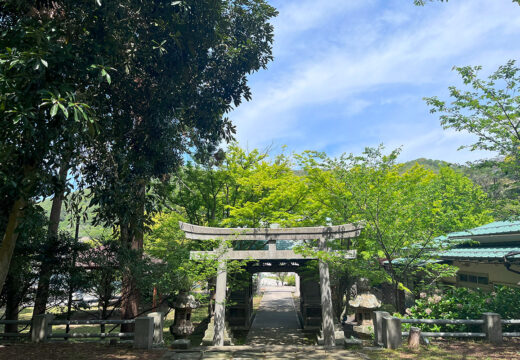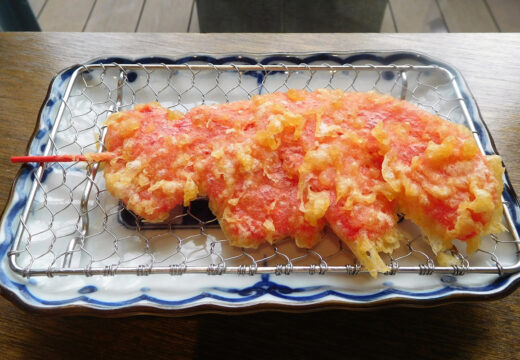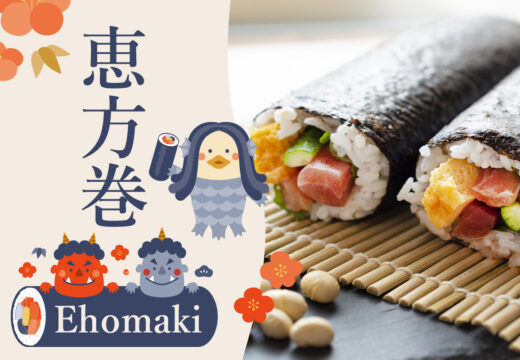Omi Shrine(Omi Jingu), a sacred place for karuta
Category: blog Japanese culture Regions of Japan Sightseeing
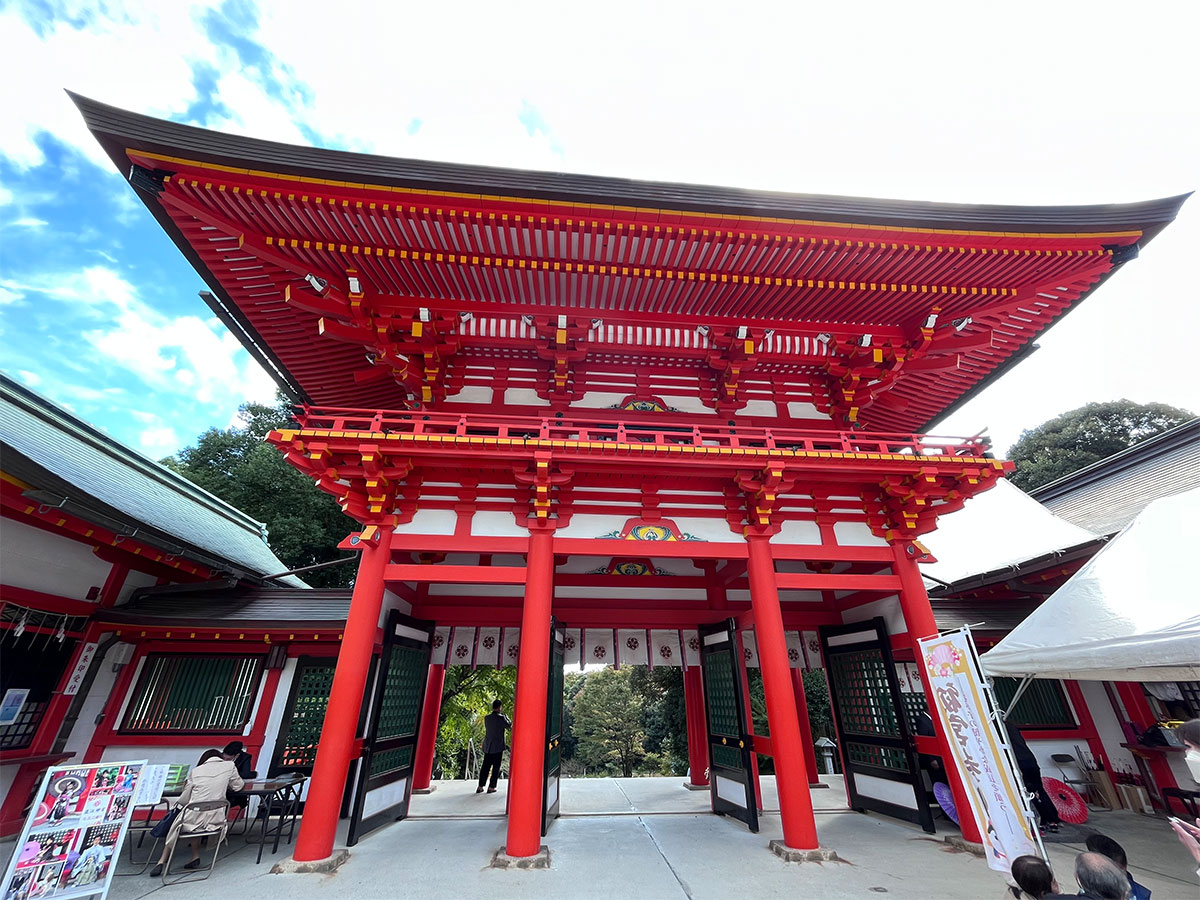
There is a Japanese card game called “karuta(かるた)”.
Among karuta, those based on Japanese classics are called “Hyakunin Isshu(百人一首,ひゃくにんいっしゅ)”.
The literal translation of the 100 poems is “100 poems by 100 famous poets.”
In Japan, there is the Hyakunin Isshu competition.
Every January, there is a Hyakunin Isshu competition at a place called Omi Jingu Shrine in Shiga Prefecture.
(Perhaps you have seen this shrine if you are familiar with the famous Japanese anime “Chihayafuru.”)
I’ve been to this Omi Jingu Shrine, and I’ll tell you about the highlights of Omi Jingu Shrine, along with a little knowledge of the Hyakunin Isshu!
How to play Hyakunin Isshu karuta?
I told you that Hyakunin Isshu is “a card game made up of Japanese poems composed by 100 different people”.
Actually, there are several ways to play with it.
The first thing to remember is that the 100 cards are divided into “Yomifuda” and “Torifuda”.
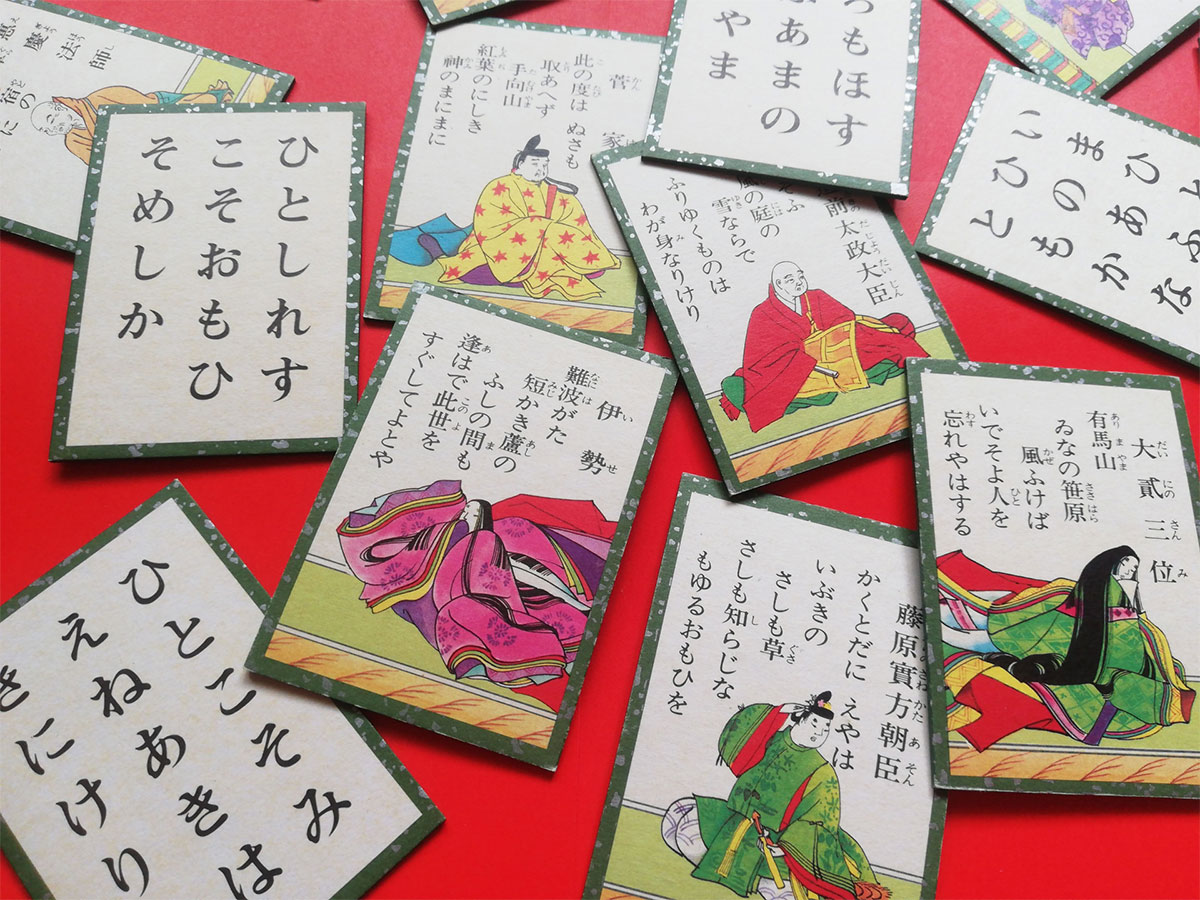
Yomifuda

A card with a picture. It contains all the contents of the Japanese poem.
Torifuda
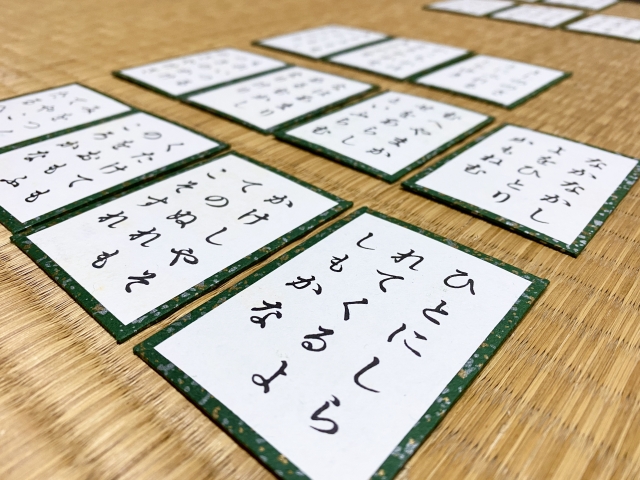
Generally, it is a card that must be taken by the participant of the game. Only the second half of the Japanese poem is written on it.
Since there are 100 Japanese poem, there are 100 Yomifuda and 100 Torifuda, respectively.
Now let’s get to know the most popular way to play!
Chirashi tori(散らし取り)
This is the most popular way to play.

- First, place 100 “Torifuda” (cards that must be taken by game participants).
- Participants sit around the cards.
- The “Yomite” (the person who reads the card) reads the contents of the card.
- Participants touch and take the card with the poem read.
- The participant who reads all the cards and has the most cards wins.
There are several other ways to play with it. Team games played in schools are called “Genpei gassen (源平合戦,げんぺいがっせん)”.
The game played at the Omi Jingu Shrine is a one-on-one battle, also known as “kyougi karuta (competitive karuta)”.
Let’s go to Omi Jingu Shrine!
Now that I know something about the Hyakunin Isshu, I will immediately visit Omi Jingu Shrine.
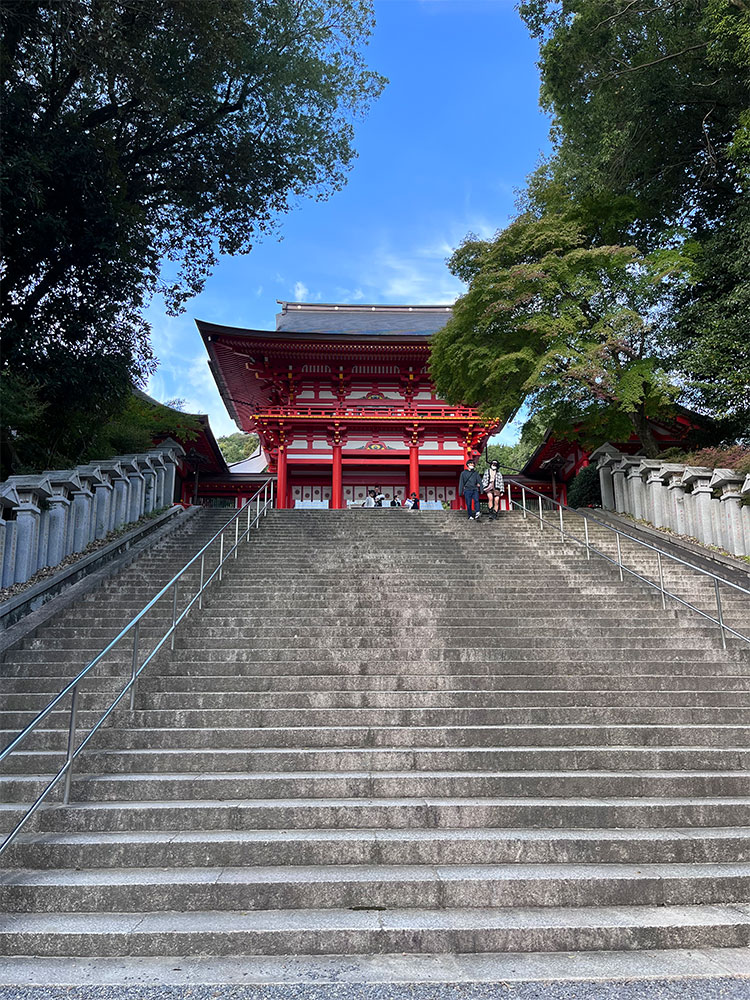
The vermilion-lacquered gate is very beautiful. It is majestic.
The reason why the Hyakunin Isshu competition came to be held at Omi Jingu Shrine has to do with the deity enshrined here.
The Emperor Tenchi is enshrined here.
The oldest of the Japanese poems in the Hyakunin Isshu is that of Emperor Tenchi.
Every year in January, a competitive karuta tournament is held here, and this Omi Jingu Shrine has become a coveted place among karuta players and lovers from all over the country.
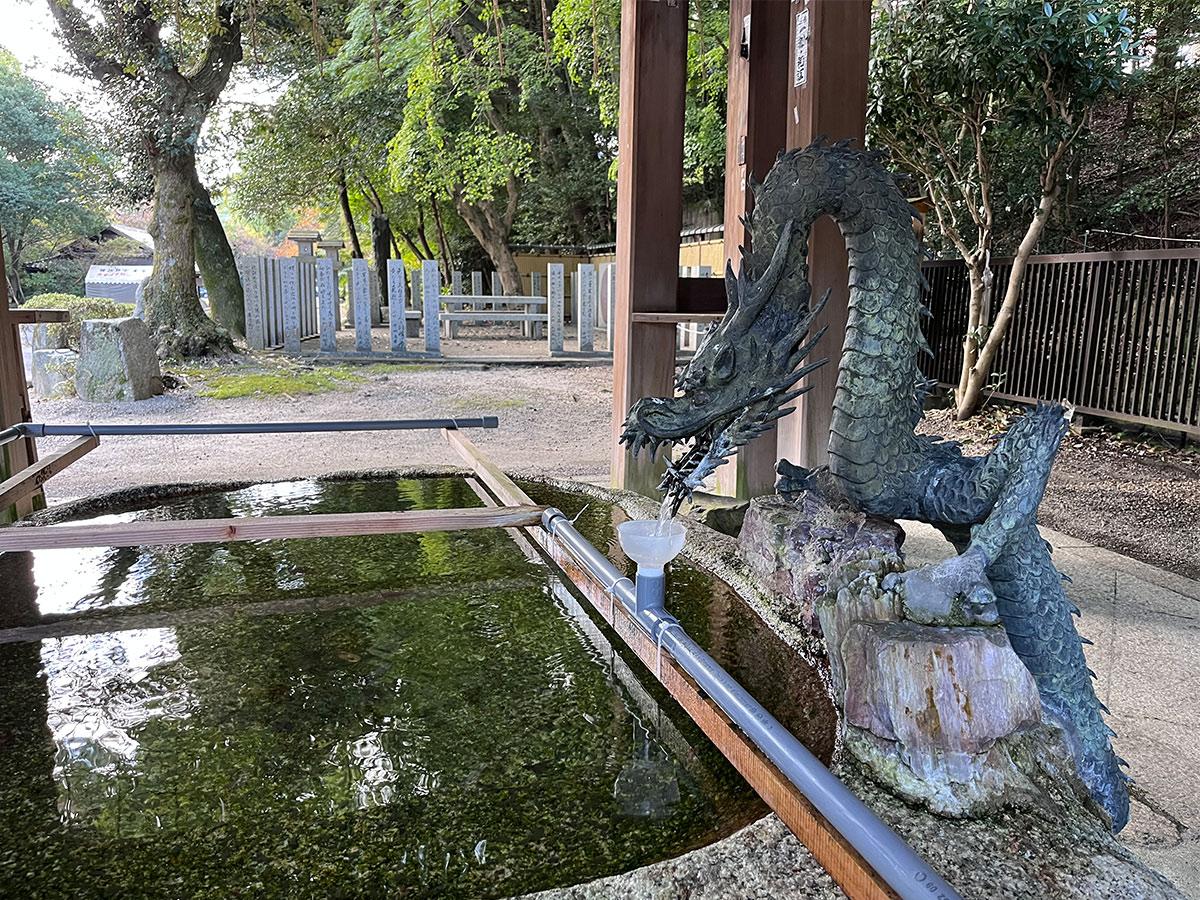
There was hand water! Let’s cleanse our hands before praying.
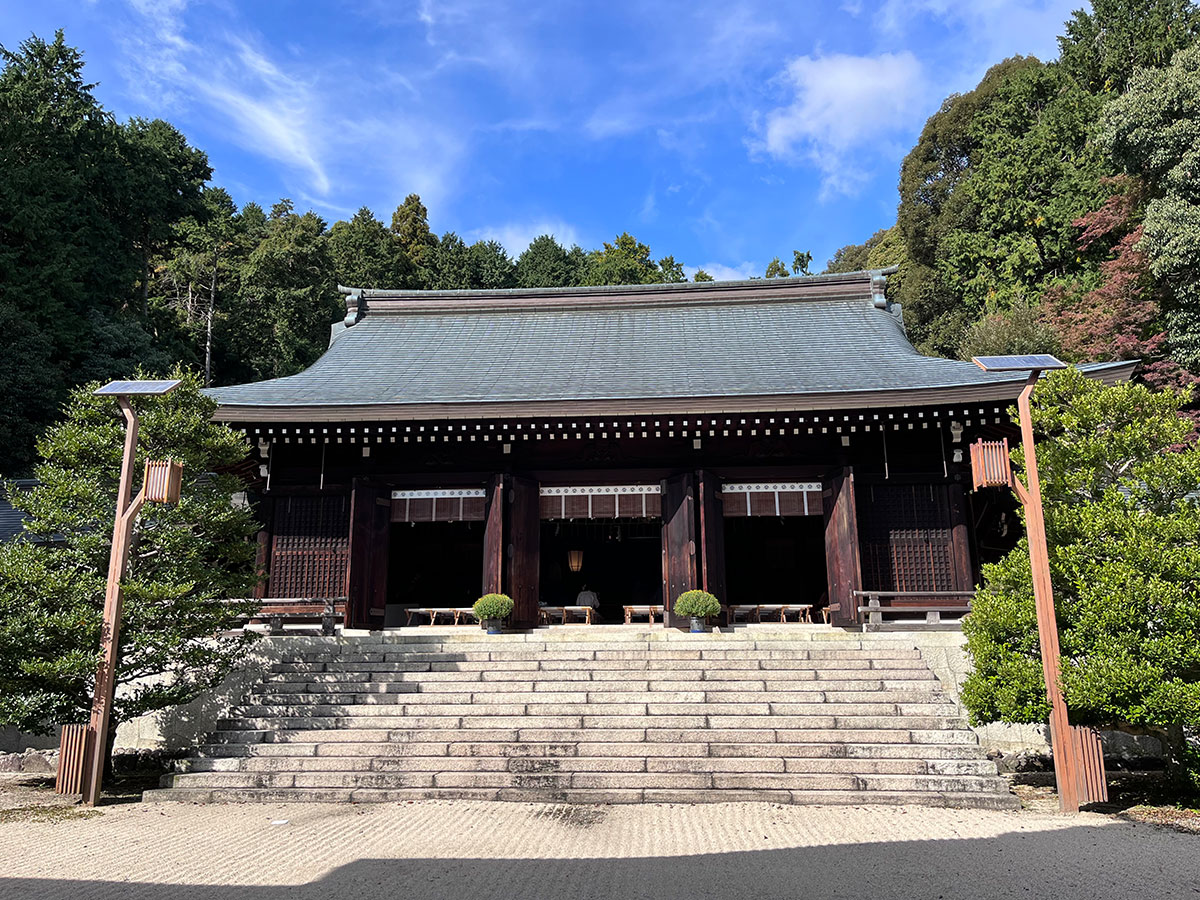
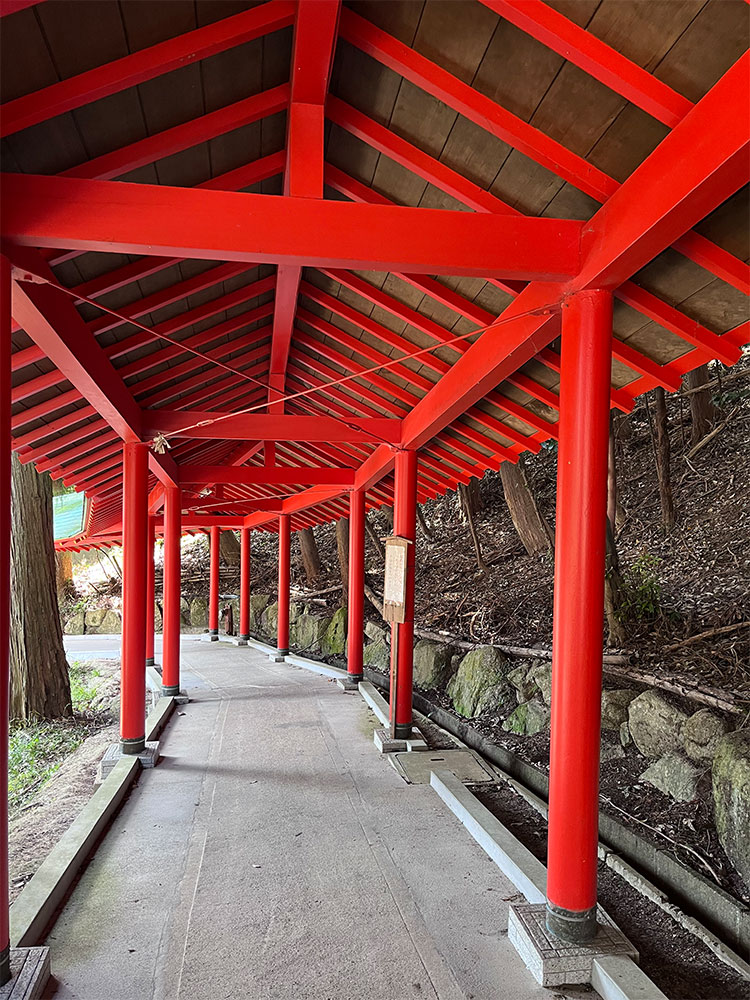
Incidentally, Emperor Tenchi once pioneered Japan’s industrial development, including the founding of the school system.
For this reason, it was revered as the “god of luck” and “god of guidance,” and became famous for its benefits related to good fortune, protection from bad luck, academics, culture, and industry.
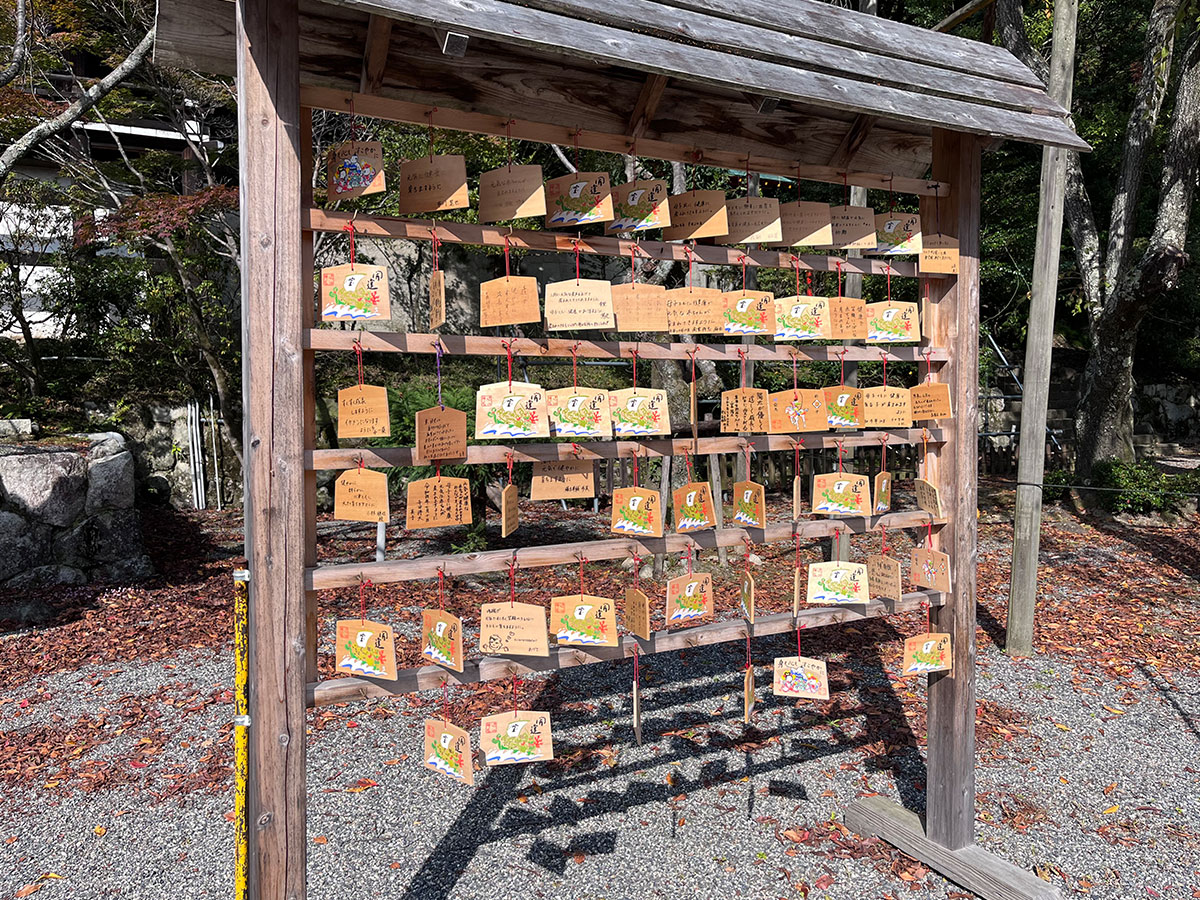
When I was there, a large Hyakunin Isshu was displayed in the rest area.

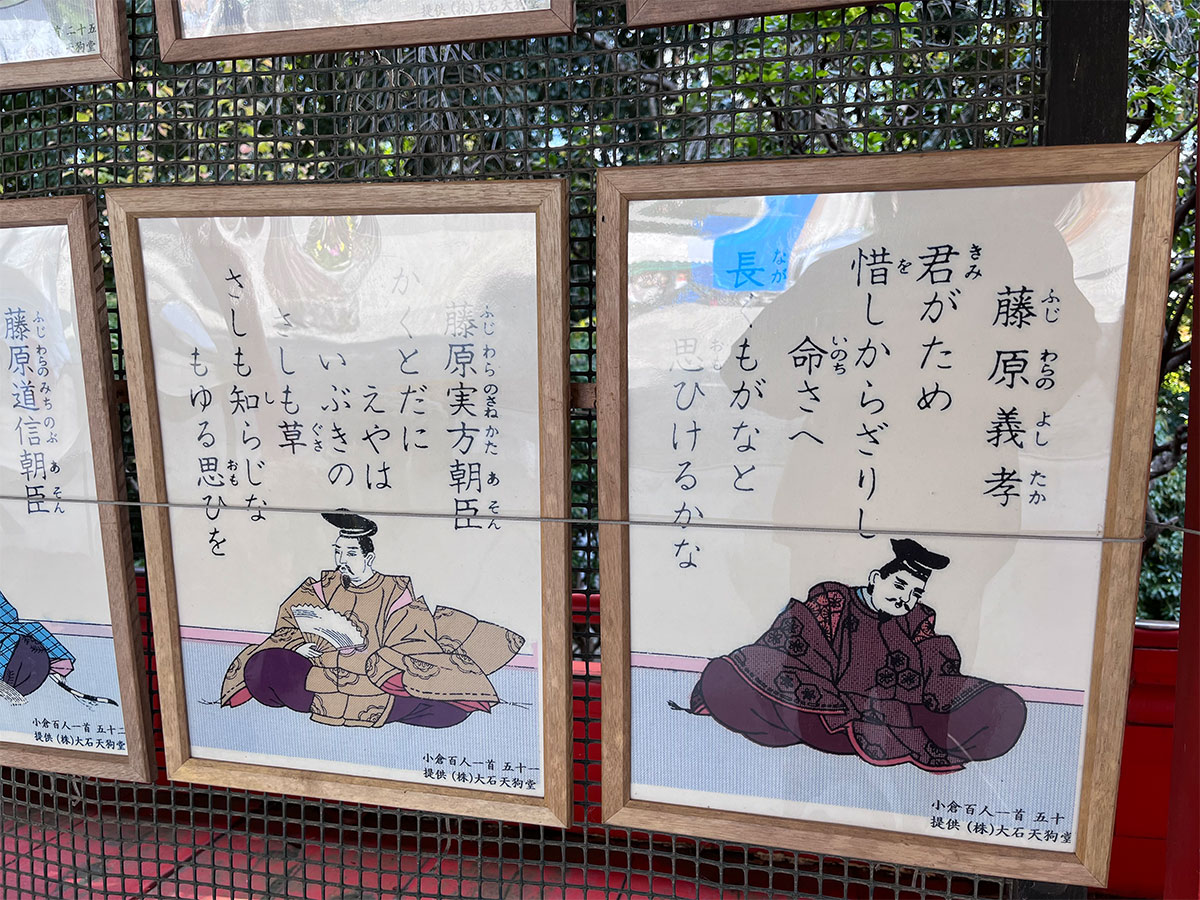
There was a poster that read, “The Holy Land of Karuta(かるたの聖地)”.
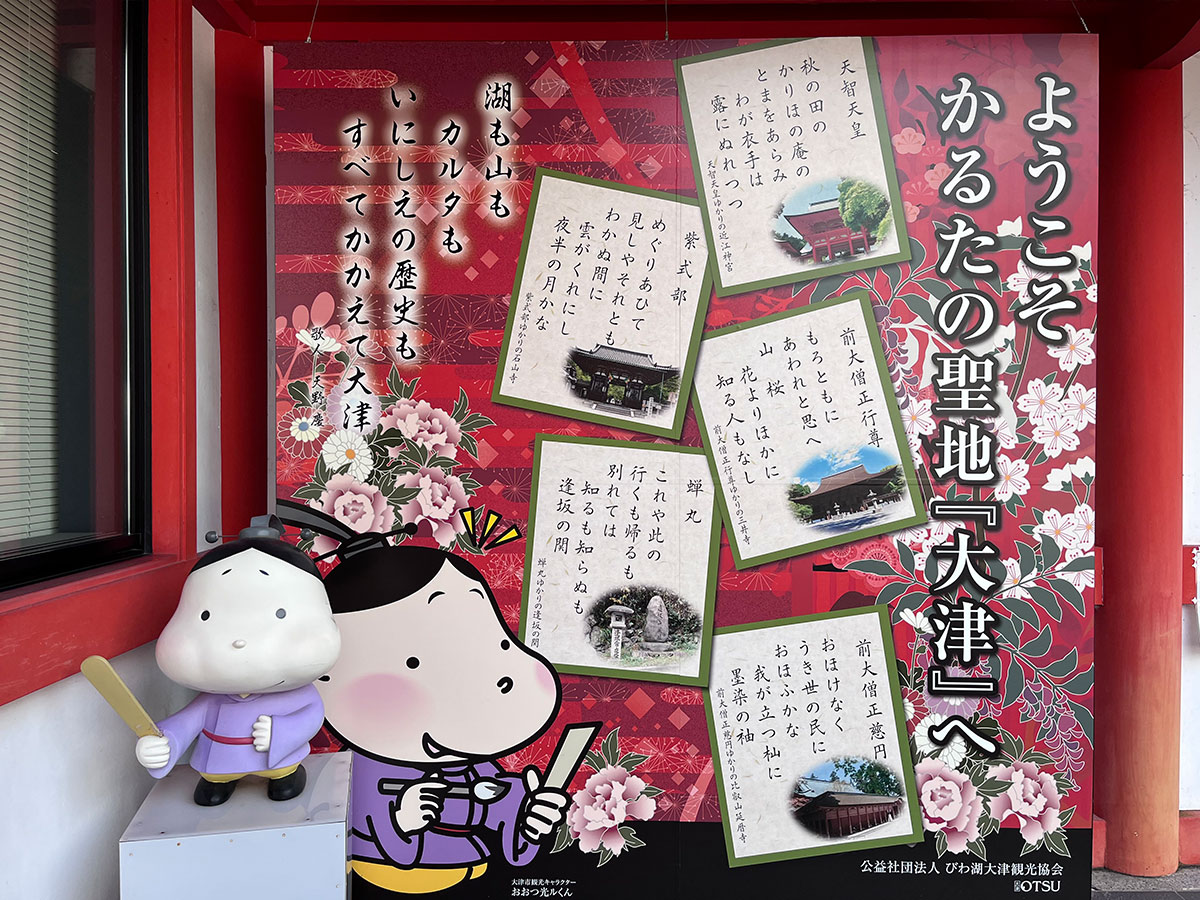
The character in the lower left of this photo is said to be “Otsu Hikaru kun”.
Another highlight of Omi Jingu Shrine. Historical Clock
Omi Jingu Shrine has another unusual thing. Here it is.
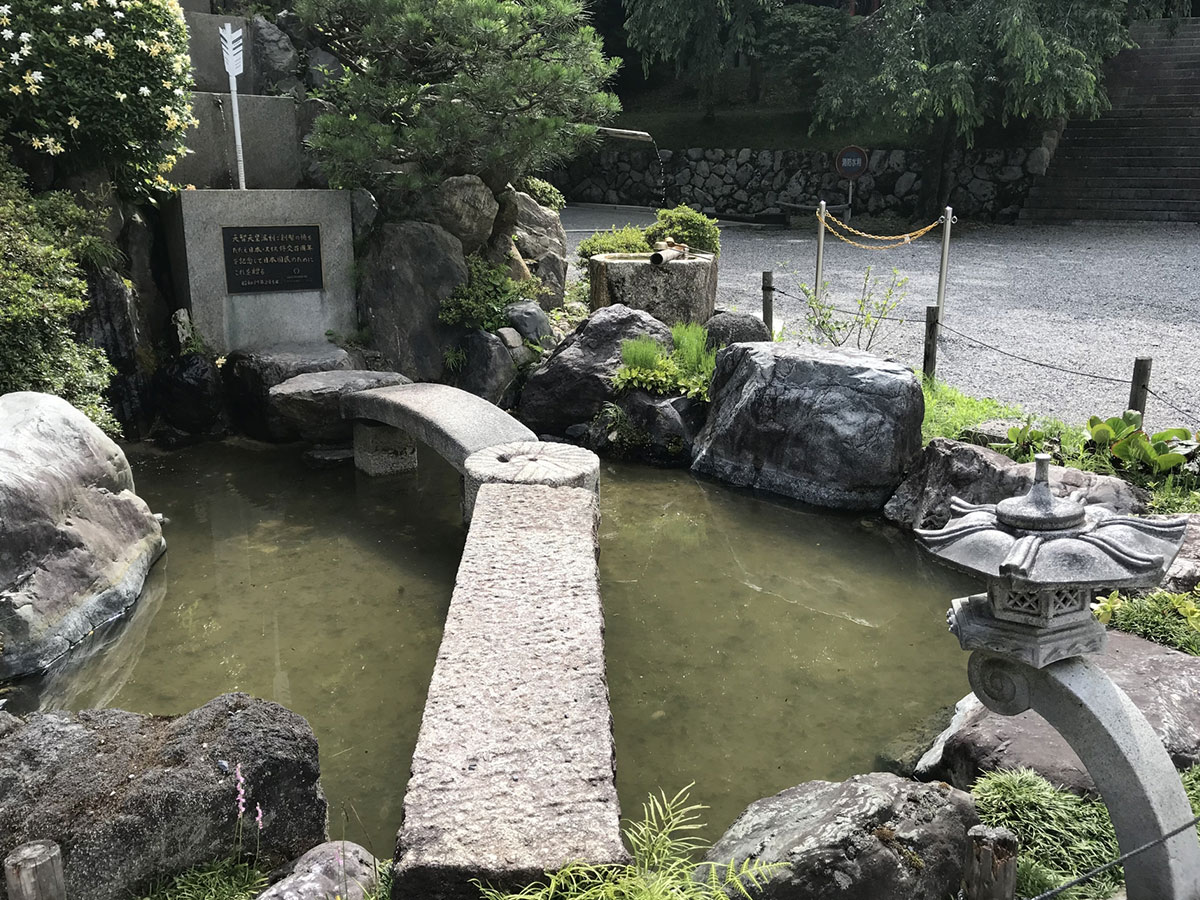
Omi Jingu Shrine has a replica of an old clock. There is also the clock museum.
The photo shows a clock called “Rokoku(water clock)”.
Water flows down slowly into a staircase of tanks, and the time is measured by the amount of water that accumulates at the bottom of the staircase.
I felt the history.
Cherry blossoms are beautiful at Omi Jingu Shrine in spring!
Omi Jingu Shrine is said to have many attractions in springtime as well. The cherry blossoms are in full bloom and the scenery is very beautiful.
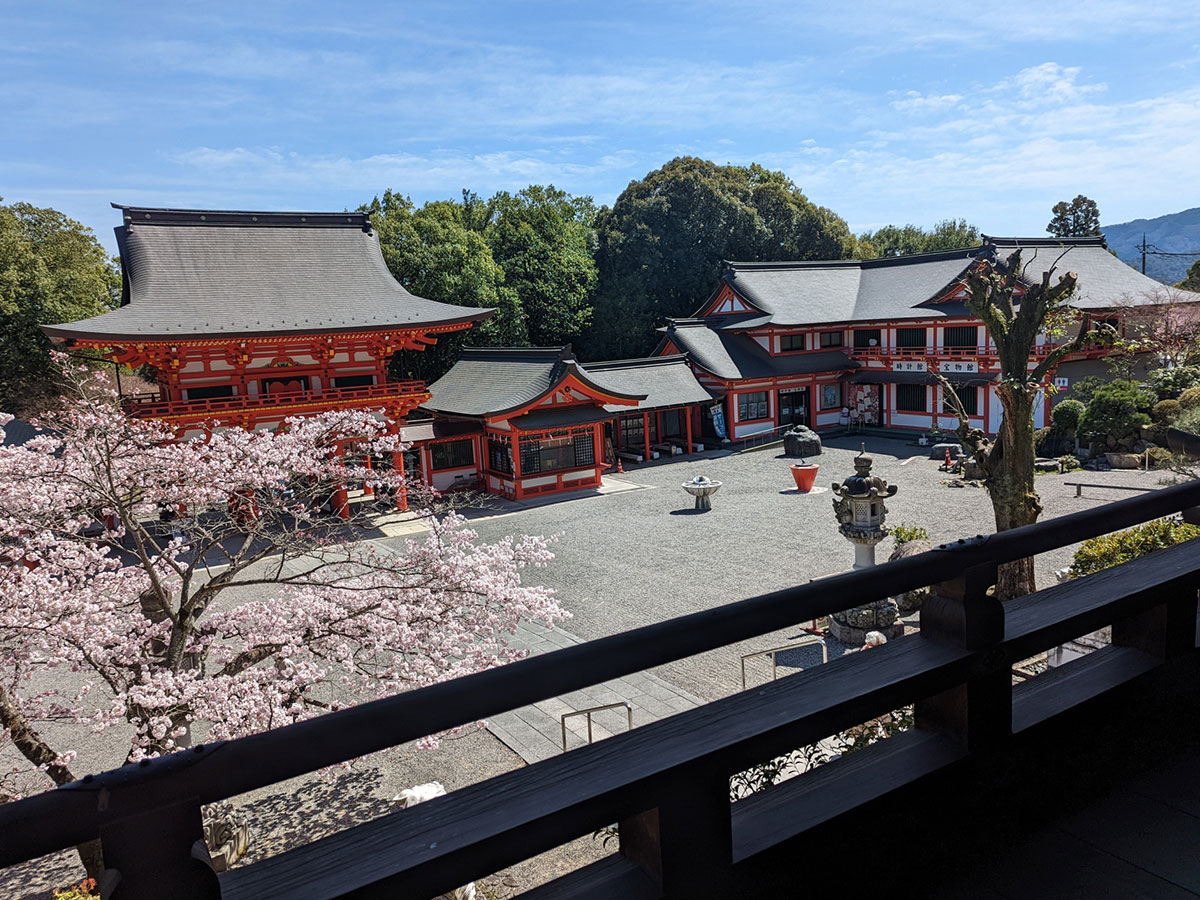
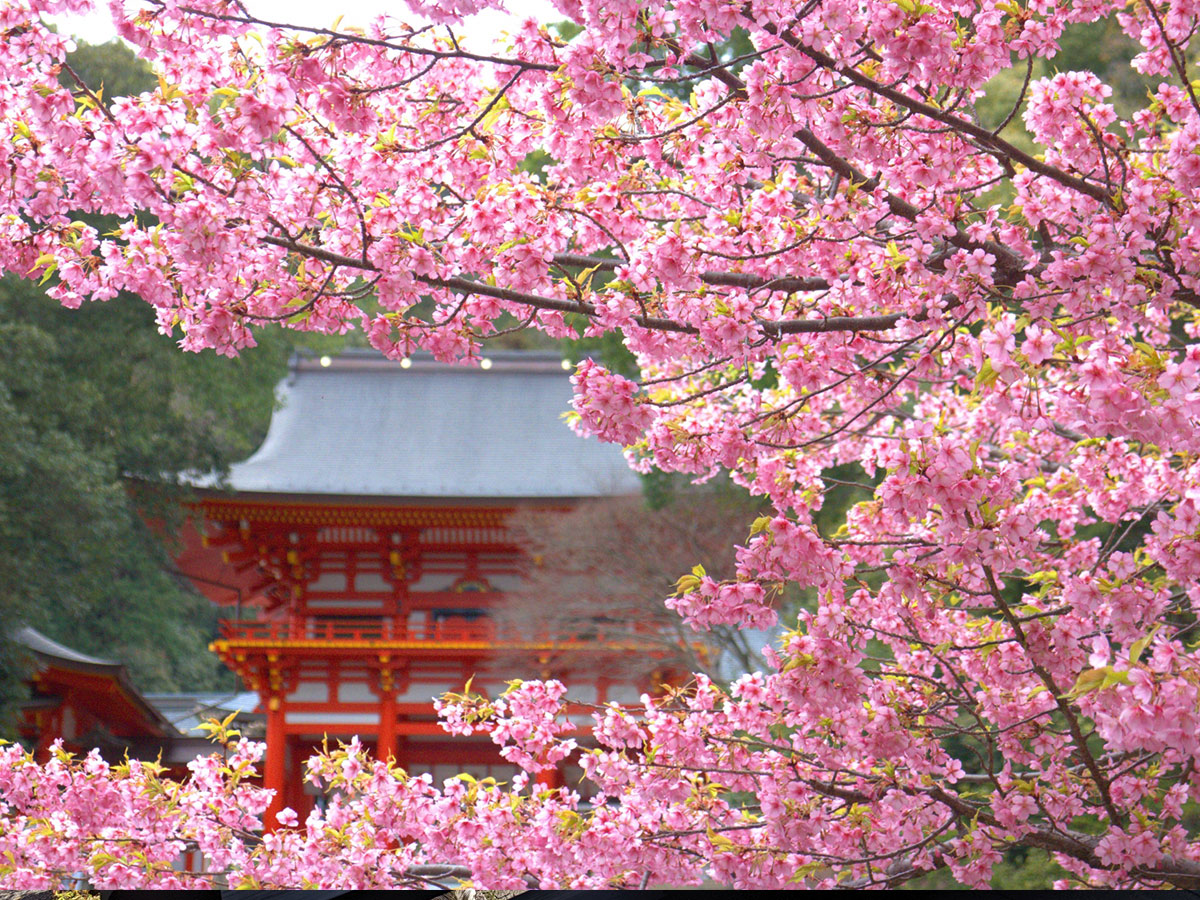
The vermilion-lacquered gate and pink cherry blossoms are vivid and beautiful.
I went in the fall and will try again in the spring.
Aki’s Kodawari Point
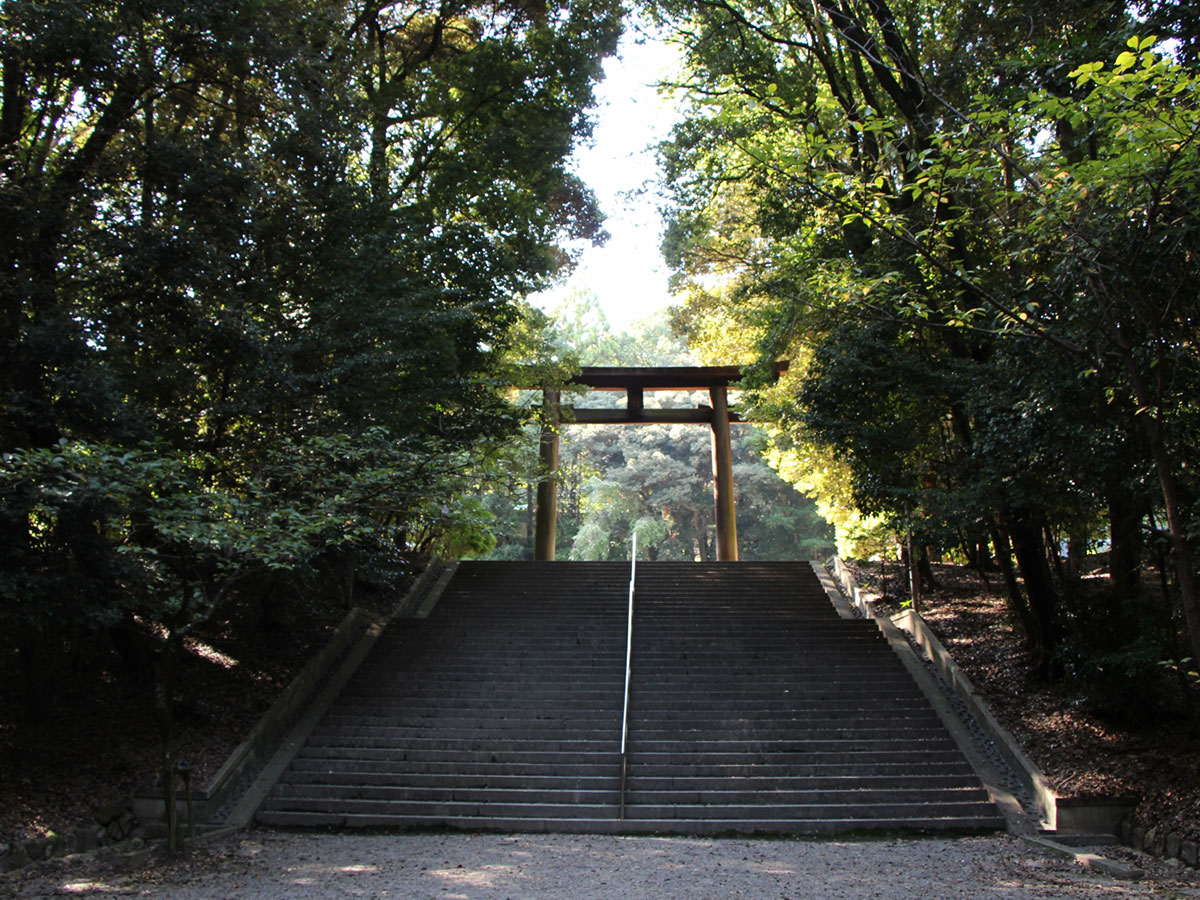
Torii gate at the top of the stairs. Surrounded by trees, it is very fantastic.





